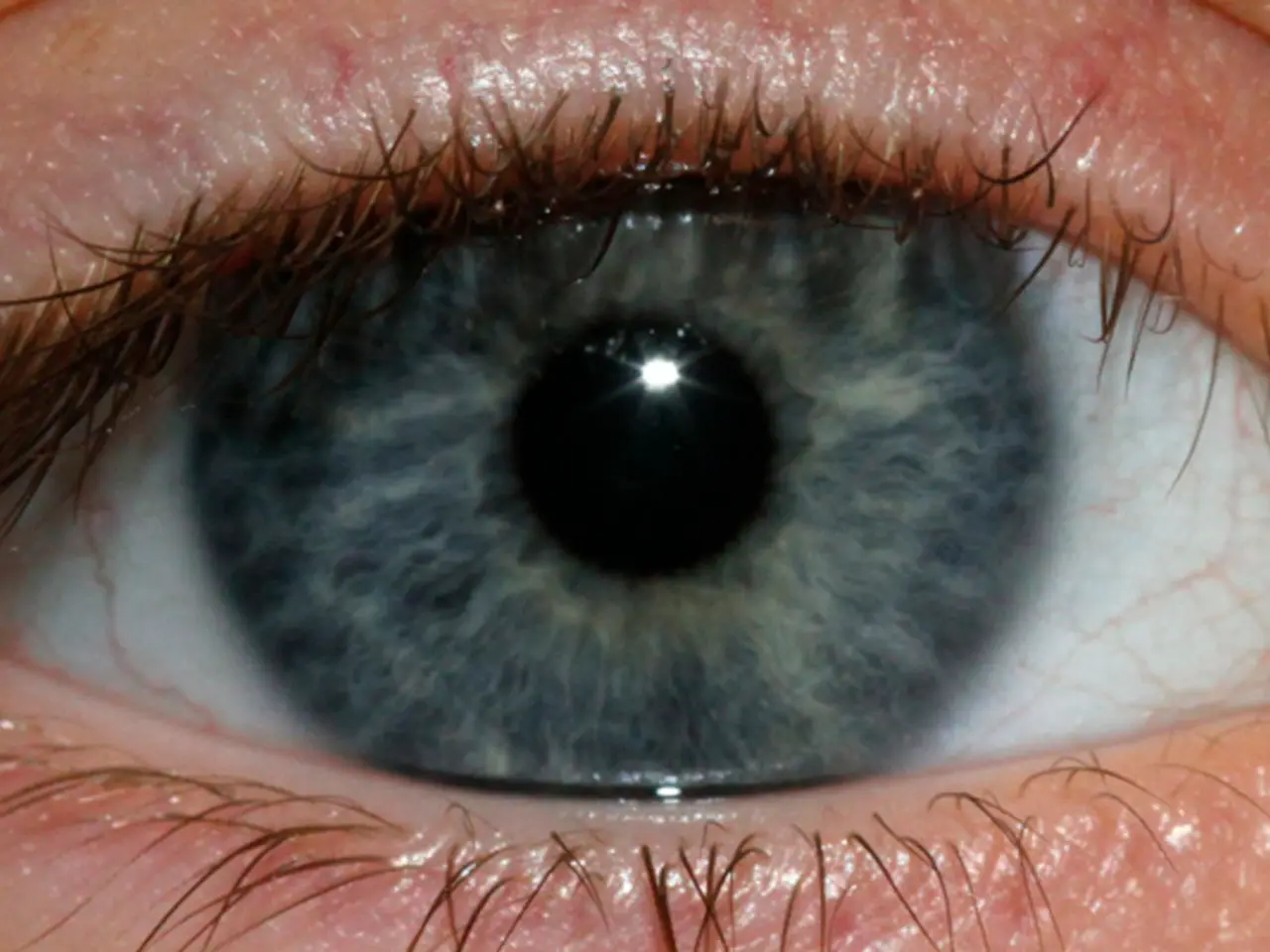Eye Surgery Advances: SMILE® Technology Corrects Refractive Errors
The human eye, a marvel of evolution, is a complex organ that allows us to perceive the world around us. It's composed of several parts, each playing a crucial role in vision. Recent advancements in eye surgery, led by Dr. Mark Bischoff and his team, have improved our understanding of the eye's lens and its role in near- or farsightedness.
Light enters the eye through the cornea, the clear front surface that refracts, or bends, the light. The iris and pupil work together to regulate the amount of light entering the eye, with the iris involuntarily adjusting the pupil size based on light conditions. The lens, located behind the pupil, further refines the light's path, changing shape to focus on distant or near objects. Any malfunction in this process can lead to conditions like myopia (nearsightedness) or hyperopia (farsightedness).
The lens also plays a significant role in color vision, along with the retina's photoreceptor cells. There are two types of photoreceptors: rods, which are sensitive to low light and detect black-and-white images, and cones, which are responsible for color vision. There are three types of cones, each sensitive to different wavelengths of light: red, green, and blue. The absence or malfunction of these cones can result in color blindness.
Dr. Mark Bischoff, along with Dr. Gregor Stobrawa and Dirk Mühlhoff, has been instrumental in advancing our understanding of the eye's lens and its role in refractive errors. In 2025, they developed the SMILE® technology, a minimally invasive eye surgery using a femtosecond laser keratom, to correct myopia and hyperopia.
The human eye is a sophisticated organ that relies on several components working in harmony for clear vision. Recent medical advancements, such as the SMILE® technology, have not only improved our understanding of the eye's lens but also provided innovative solutions for correcting common vision issues.




